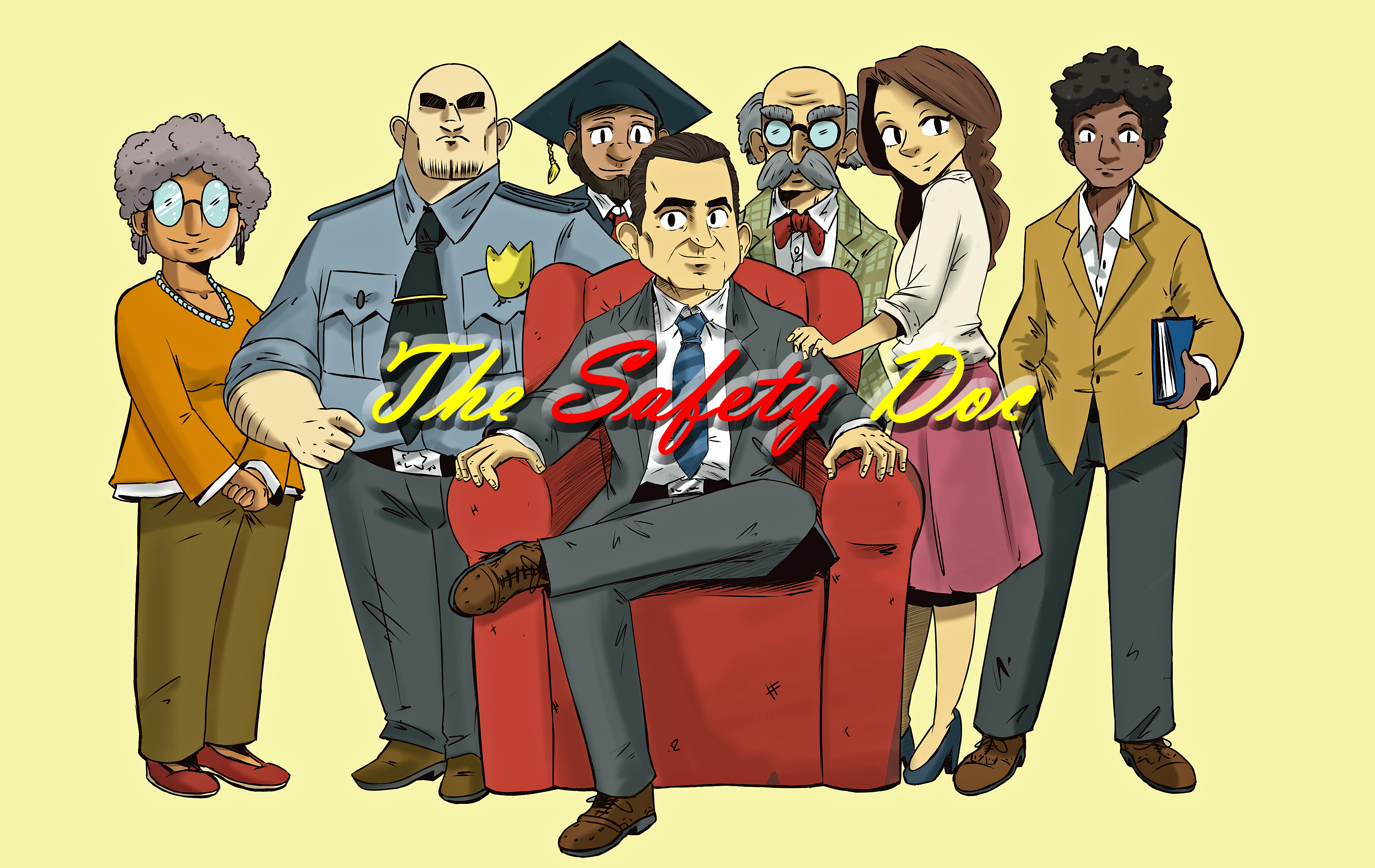Research Perspectives / Public Policy / Social Science
SDP_050 Subjective Reality Versus Objective Reality
PODCAST-Subjective reality is “subject” to an elaborate set of filters, any one of which can modify a perception of that reality; sensory apparatus (e.g. the rods and cones in our eyes), sensory processing (e.g. the visual cortex), higher level brain function, and psychological factors (e.g. expectations). As such, what one person experiences is always different…
Read MoreSDP#049 The Humor Response – A Deeper Look
PODCAST-A person loses a loved one and smiles or laughs. Why? To the scientific eye, the seemingly misplaced humor manifestations reveal pain and regret. Dr. Perrodin explores popular theories of humor and demystifies the science behind laughter and discovers that laughter can be a formidable cognitive self-defense tool. This is known as Relief Theory. DIRECT…
Read MoreSDP_048 Comedy after Tragedy? Larry Roberts & David Perrodin
PODCAST-Tragedy obliterates comedy and lays a jagged landscape for podcasters to navigate as shows are judged in the context of the moment and not the context of the moment they were recorded. A misinterpreted posting of a show can become a viral social media wrecking ball. Readily Random’s Larry Roberts and The Safety Doc David…
Read MorePart 2: Drones Will Revolutionize Crisis Response! Preston Rice Interview – SDP#41
Drones can fly at speeds of 70 MPH and electronic fences can’t prevent them entry into prison yards, hospital property or school zones. Wow, seems like drones pose risks to society – regulate them! Wait! Did I mention that drones efficiently operate within radioactive areas or locations that would present hazards to humans, such as scouting the “hot” regions of a forest fire? Drone expert Preston Rice explains and demonstrates the potential ways in which drones benefit humans – especially in the area of crisis prevention and response.
Read MorePART 1: Little Known Facts About Drones – Preston Rice Expert Interview – SDP#40
The FAA controls the airspace above your lawn! However, the question of who owns the skies remains murky at local government levels. Rules & regulations for operating a drone differ greatly between a hobbyist and commercial operator. Drones, some smaller than a human hand, are used in many industries and show great promise for positive contributions to search & rescue and crisis response. Dr. Perrodin and Madison Area Drone Service Owner Operator Preston discuss the amazing capabilities and influences of drones from the television shows we watch to monitoring growth of hundreds of acres of crops. By the way, eagles have been trained to pluck nefarious drones from the skies! That, and much more, in this part of one of two series in which you will learn how drones are a tremendous benefit across society – and just wait for positive impacts of drones in the future!
Read MoreBack to School Safety Special – Time to be Terrified!! – SDP#39
High-drama multi-agency intruder response simulations transpire daily in schools across America. This hyper-realistic approach to school safety has produced a flurry of litigation centering psychological trauma for adults and children. Furthermore, theatrical drills are not supported by empirical research and differ greatly from other preparedness practices.
Read MoreSurviving the Dangerous Interface of Probability and Prioritization – SDP#38
Probability works well in determining long-term behavior, but it doesn’t work well for predicting outcomes in the short term. Probability is key to safety and decision-making. Dr. Perrodin talks about one of the most common mistakes people make with probability and how to avoid it.
Read MoreWhy We Can’t Compare Disasters: WTC, Murrah, Katrina & More – SDP#37
There are several reasons why each disaster should be studied as an individual unit. By isolating communications and geography specific to time, context and situation, Dr. Perrodin demonstrates the inherent problems with comparing disasters. He also notes the incredible impact of “lived experiences” and longitudinal demographic factors that contributed to the improbable rescue of 500,000 people in only 9 hours from Lower Manhattan on 9/11/01.
Read MoreSophie’s Choice, Moral Dilemmas & 9/11 Research Design Issues – SDP#36
Moral dilemmas center ethical choices in rescue operations in which the grueling decision is between, at times, equally-deserving alternatives. Dr. Perrodin also critiques a safety response article comparing the actions of rescuers present at the Murrah Building and rescuers present at the World Trade Center – noting such comparisons hold great challenges to distilling information that can be generalized to other settings.
Read More“Societies Sinister Similarity” – A Conversation with David & Elijah – SDP#35
Would religion have a purpose if there was no human death? Is there a point when a perpetual Ground Hog Day would siphon one’s sense of control over being & environment, hence eroding agency & purpose?
Read More




